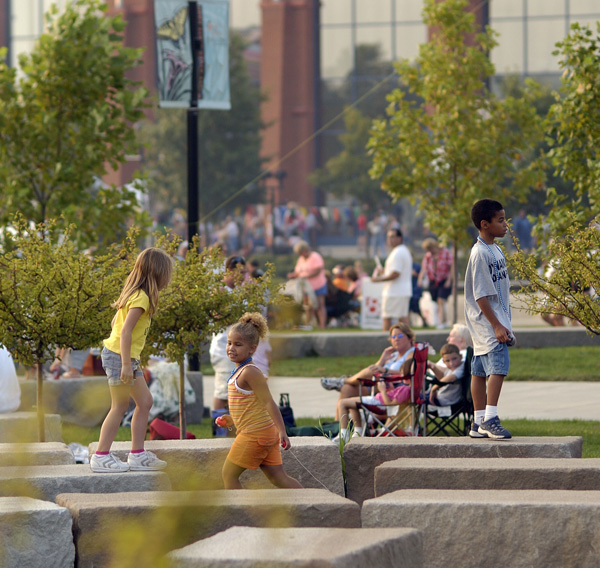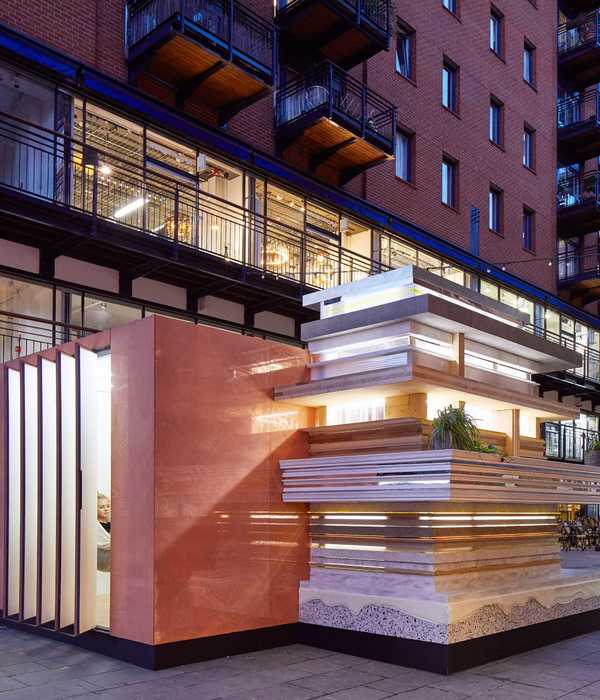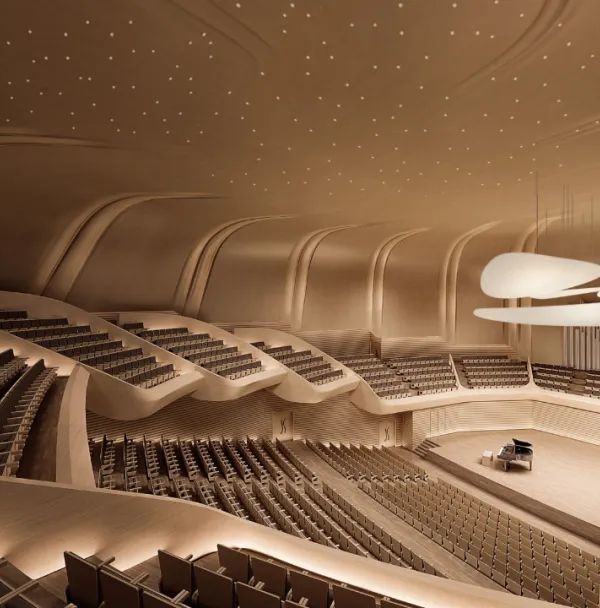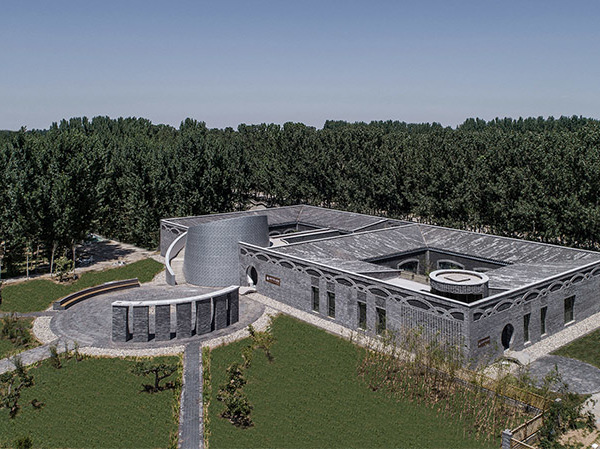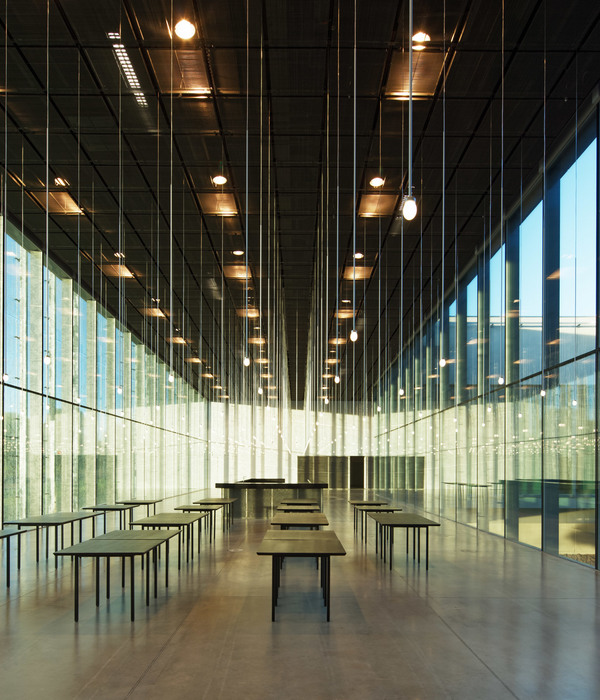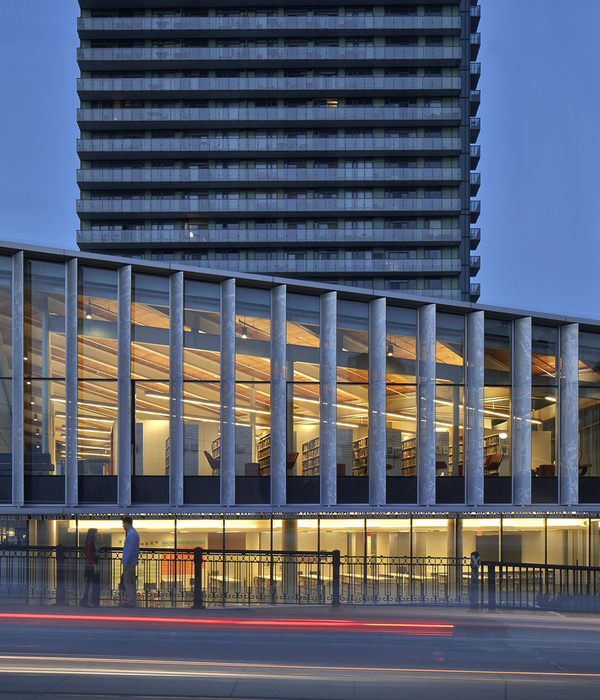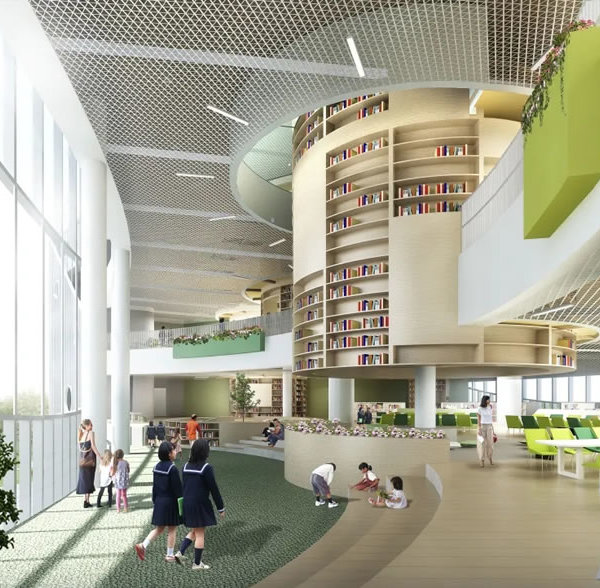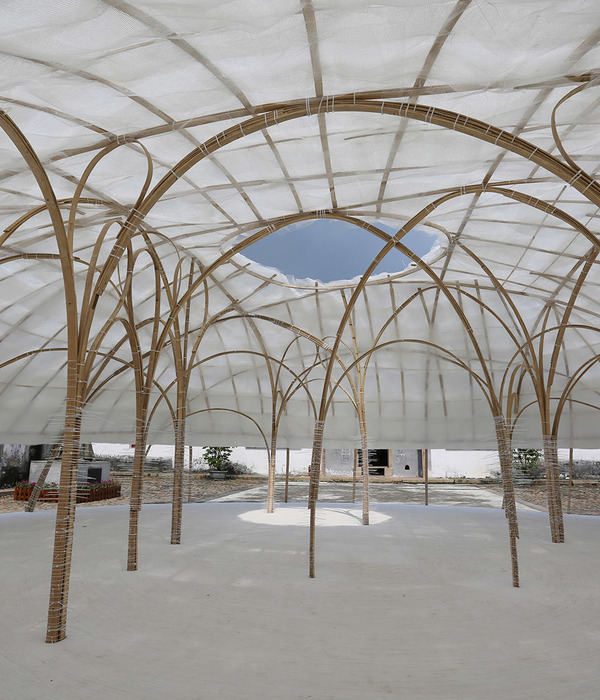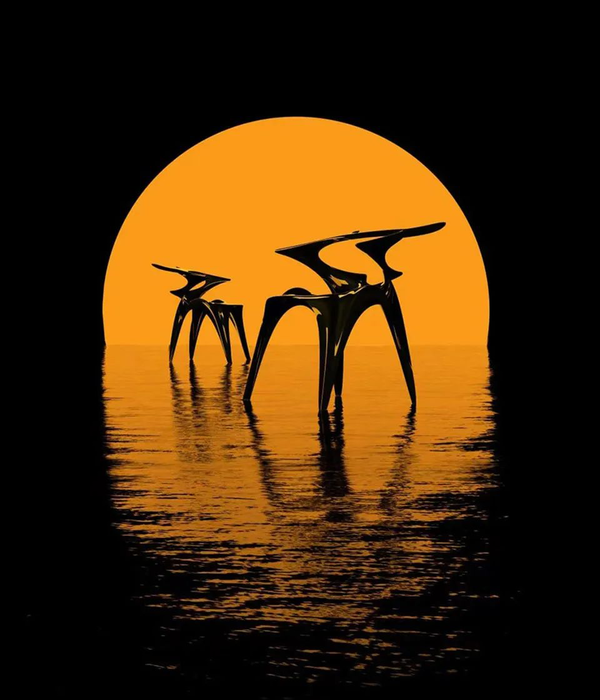Architects:Bangkok Project Studio
Area :40 m²
Year :2022
Photographs :Spaceshift Studio
Lead Architect :Boonserm Premthada
Curators : Jana Revedin, Marie-Hélène Contal
Design Team : Bangkok Project Studio
Engineering : Preecha Suvaparpkul
Exhibition By : Cité de l'architecture & du patrimoine with the support of the Île-de-France Region
City : Versailles
Country : France
Elephant theater - After the World Elephant Project was completed in 2020, I found that there were a lot of elephant droppings in Ta Klang Village in the village. Elephants are herbivorous animals and feed on Napier grass (Cenchrus purpureus), which makes their droppings fibrous. Villagers generally use elephant dung as fertilizer for crop cultivation, papermaking, and bio-gas. Even now, there is still a lot of elephant dung left on the roads. I have experimented in making elephant dung bricks to study their properties and the possibility of using them as construction materials.
A year after the experiment, I was selected as a pavilion architect for The Biennale Architecture and Landscape of Versailles 2022, Curated by Jana Revedin Curator and
Marie-Hélène Contal (curator of the exhibition Land in Sight! and director of the Cultural Development Departmentat the Cité which marked the beginning of the development of the elephant dung bricks. A round brick made from elephant dung in Ta Klang Village, Surin,Thailand is 255 mm. in diameter and 50 mm. thick with a vertical gap for a reinforcement steel tube. The elephant dung has now transformed from little plant pots into the Elephant Theater, a large circular architecture located in the original courtyard which houses a variety of living beings. The theater is enclosed with circular columns made of dung bricks, and inside is a hidden garden which is the highlight of the exhibition to surprise visitors. Without the roof, the structure is open to the sky, sunlight, and air, revealing the natural charm of the walls bathed in the sun.
The Elephant Dung - Elephants are large animals living on plants, such as napier grass, bermuda grass, manila grass, fountain grass, common reed grass, and some fruits like corns, watermelons, cucumbers, pineapples, sugarcane, and bananas. Every morning, the villagers cut napier grass grown on their land to feed the elephants as the staple food, possibly alternating with corns and pineapples. The elephants will feed themselves with other grasses in the forest when they travel during the day. Elephants love sweet fruits, especially sugarcanes. When an elephant becomes ill, the veterinarian will stuff a pill in a banana and give it to the elephant. Elephants’ diet is highly fibrous, and their droppings thus contain a large proportion of plant fiber and some water. The droppings are round, 180 mm. in diameter, and dark green which can turn brownish-green when exposed to air. These properties are taken into account when developing elephant dung bricks.
Dung Brick Craft - These simple-looking elephant dung bricks are handcrafted one by one. We avoid the carbon dioxide-generating process of burning the bricks and use air or “the dry process” to dry the bricks. The bricks can be installed, disassembled, and transported. They can naturally decompose and become part of the soil. In case of breakage, it can be easily replaced. The beautiful elephant dung bricks are a product of biodiversity, and this brick-making process can be applied anywhere in the world.
After we receive the elephant dung from the villagers, we dry it, then put it in a large blender to cut up the fibers, and mix it with cement, sand, and little water. Next, we put the elephant dung mixture into steel molds which are designed for easy disassembly. The mixture is put in the mold layer by layer, making sure each layer is dense before continuing with the next layer until the mold is completely filled. After that, we remove the molds and dry the bricks in the sun for seven days. During this time, we cure the bricks by watering them. Then, we dry the bricks under the shade for seven more days until they are sturdy and strong. The final step is to put the bricks to the test for weight support capacity and strength.
Each brick is transported to the workshop, waiting to be assembled with other structures. The elephant dung bricks can serve as a small beginning for humans to reconsider the role architecture plays in healing the world. The small garden in the Elephant Theater represents the feeling of waiting to see life grow and change from day to day. It is a perfect stress reliever. These plants have given human beings some kind of physical and mental energy. It is important that these lives receive human care in return.
Today, we live in a world full of hustle and bustle, advancement, modernity, and forward sprinting that give us tunnel vision. Humans are looking for a future that only centers around themselves. The elephant bricks suggest that we review the roles of architecture, art, and humanity in connection with the environment and other living beings in order to achieve a balanced and aesthetic living underpinned by coexistence and interdependence. My work will continue to tell the story of the rural society, environment, and natural resources, to make people recognize the importance of things they fail to see.
▼项目更多图片
{{item.text_origin}}

